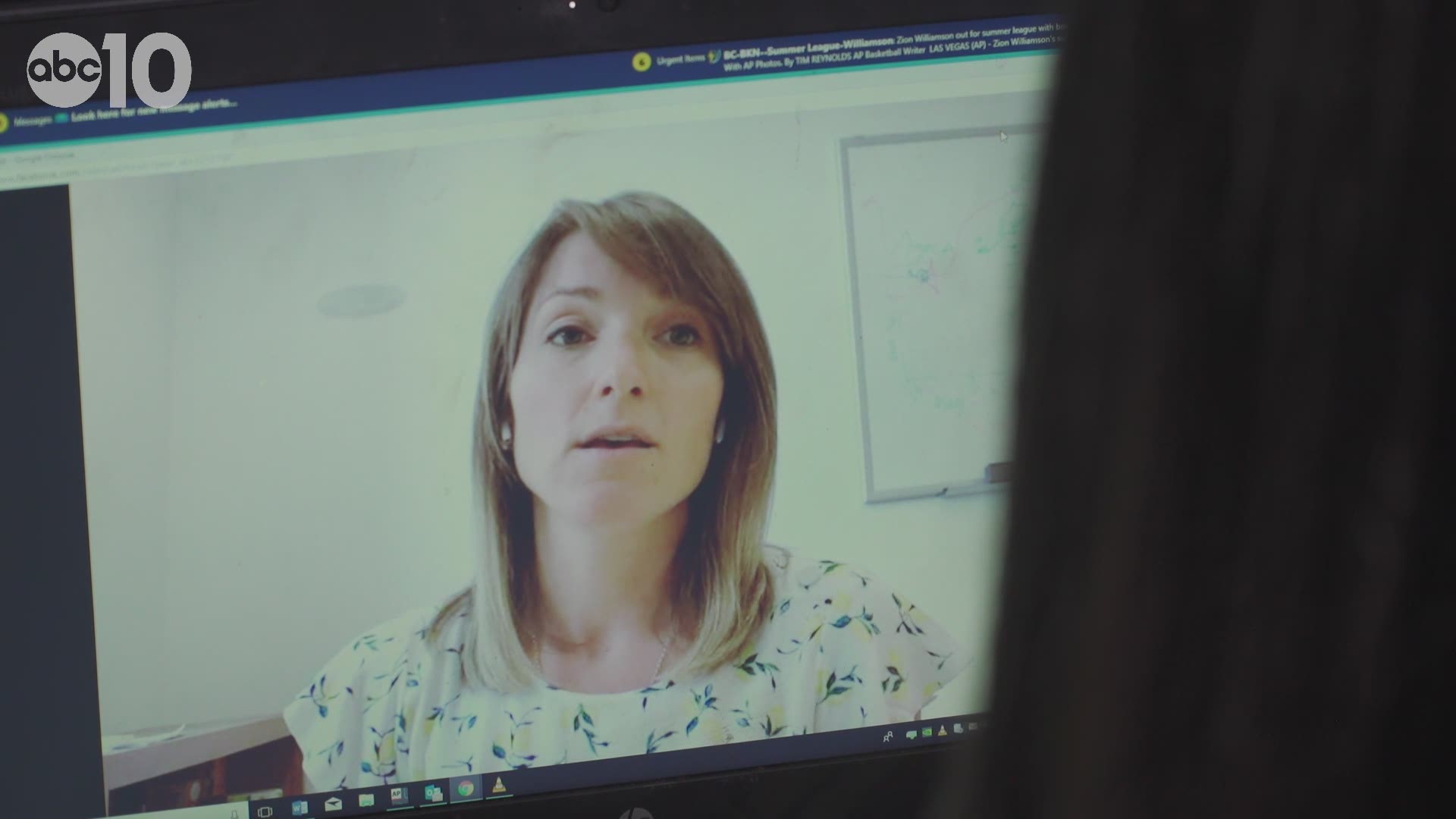CALIFORNIA, USA — Whether it’s the “Big One” or the remnants of a larger earthquake felt across California, the feeling of shaking ground, and sights of water splashing and trembling trees are unnerving for many people.
Earthquakes in Southern California have ruptured water mains, sparked fires, and ruined homes for many people. The largest earthquake in the past 20 years recently hit near Ridgecrest. It was a 7.1 that rattled the state from Southern California up to the Capitol and beyond.
Here’s everything you need to know about the California quakes.
Earthquake risk for the “Big One”
Any earthquake brings concerns and questions about the “Big One.” After a 6.4 quake was followed by a 7.1 in Southern California, rumors that a major earthquake along the San Andreas fault could come about prompted responses from experts and government agencies.
Dr. Lucy Jones, a Seismologist with CalTech, debunked the notion that anyone could know when a major quake is coming. She tweeted that while scientists assume the probability for earthquakes increases over time, the community has not been able to demonstrate it and the data is incomplete.
RELATED:
How the "Big One" would affect Sacramento
Angela Chung, project scientist for the Berkeley Seismology Lab, told ABC10 there's no fault in Sacramento that goes directly below the area.
But there are a lot of faults in the Bay Area. The United States Geological Survey (USGS) probability maps show a more than 60 percent chance that a magnitude 6.7 or greater earthquake could hit, according to Chung.
Faults close to Sacramento include the San Andreas fault and the Hayward fault, both of which Chung said can create pretty large earthquakes. If one of those faults go off in the Bay Area, you can expect some shaking in Sacramento and some damage if the quake is a 7.1.
RELATED:
Earthquake insurance
While no active faults go directly below Sacramento, the possible impacts from a large earthquake could still cause damage to the Sacramento region if a big enough one happens in the Bay Area.
When it comes to protecting yourself and your home, Asher Styrsky, an agent for Farmers Insurance, said earthquake insurance as a resource is hard to gauge. However, he said there are some elements to consider when looking into it.
"Do you want your property coverage? Do you want money to be there to rent a home for you while your home is being reconstructed after the earthquake? Those are some things that you can tweak and change on your policy," Styrsky told ABC10.
These policies can be around a couple hundred dollars a year, according to Styrsky.
RELATED:
Don’t forget these in a disaster
California is no stranger to disaster. Kim Zagaris, state fire and rescue chief for the California Office of Emergency Services (CalOES), told ABC10 in 2018 that the state is sometimes referred to as the "Disneyland of Disaster" and one of the most disaster-prone states in the country.
Whether it be earthquakes, landslides, flooding, or wildfires, safety is a priority. Earthquake kits should be stocked with food, water, lights and other necessities. However, there are other items and precautions that may prove to be critical needs.
These include:
- Water-resistant “Go Bags”
- Filling up your bathtub
- Packing a change of clothes
- Carrying cash
- Medicine, pet food, and baby formula
- Important documents
A full Earthquake Safety Checklist is available HERE.
The future of preparing for California quakes
Science, technology, and a growing understanding of earthquakes have led to the development of the Shake Alert system.
It’s a system that Kit Miyamoto, a structural engineer and CEO of Miyamoto International, said could save lives much like a similar system did in Mexico City after a 2017 quake.
Miyamoto told ABC10 in 2018 that there are two motions to an earthquake, the P-wave, which comes first, and the S-wave that causes the damage. When the P-wave is caught, it can trigger an alert for people to prepare a few seconds before the quake reaches them.
RELATED:

